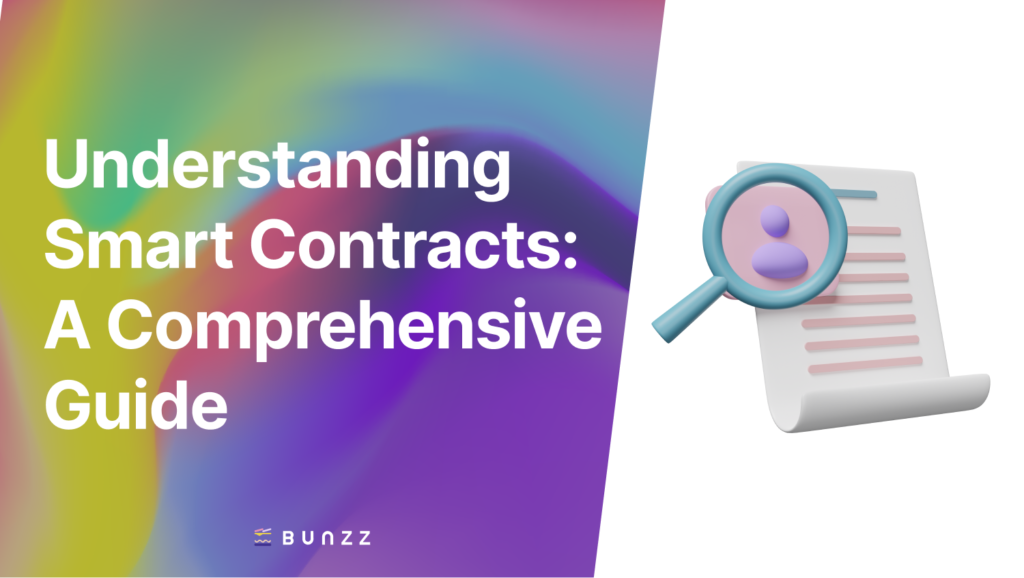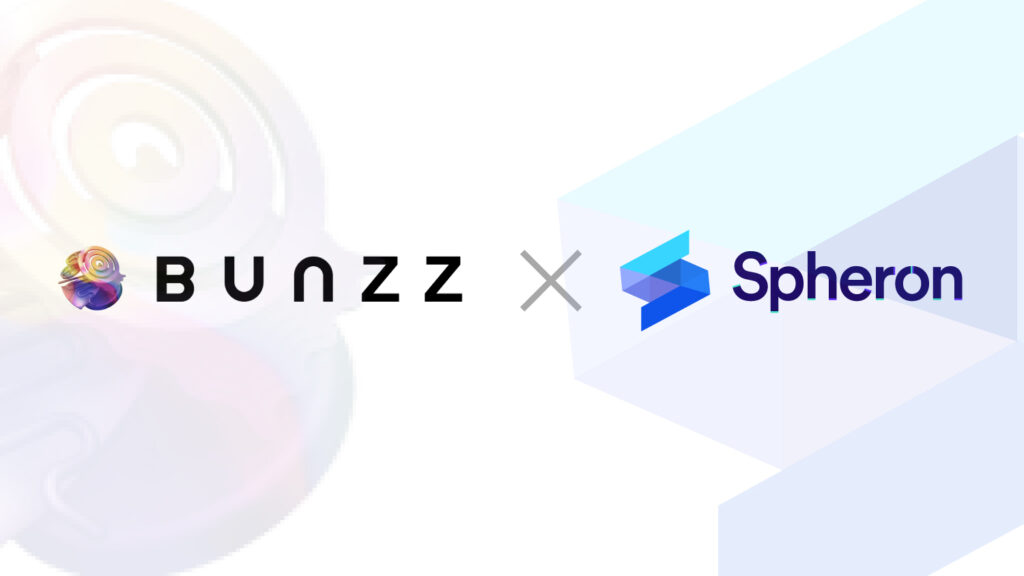In the rapidly-evolving world of blockchain and cryptocurrencies, smart contracts have emerged as a revolutionary tool. They promise automated, transparent, and secure transactions. But what exactly are they? Dive into this guide to grasp the essence of smart contracts and their potential impact on various industries.
Prerequisites
- Basic understanding of blockchain technology.
- Familiarity with terms like cryptocurrency, Ethereum and web3.
Introduction
In the digital age, trust is a premium. Smart contracts, embedded into blockchain, provide an automated and tamper-proof way of making agreements. They’re not “smart” in the AI sense nor always legally binding, but they are powerful tools reshaping industries from finance to real estate.
What Are Smart Contracts?
A smart contract is a self-executing contract where the terms of agreement or conditions are written into lines of code. They are immutable, transparent, and operate without intermediaries, offering a direct transaction mechanism between parties.
The Mechanics of a Smart Contract
- Agreement Initiation: All parties agree on terms, and these terms are converted into code.
- Deployment on Blockchain: Once coded, it’s added to the blockchain, making it immutable and transparent.
- Execution: Upon meeting the predetermined conditions, the contract self-executes.
Advantages of Using Smart Contracts
- Security: Encrypted and distributed across the blockchain network.
- Efficiency: Automated processes mean faster execution and fewer intermediaries.
- Transparency: Every transaction is visible, ensuring no hidden clauses.
- Cost-saving: Eliminates middlemen, reducing extra costs.
Potential Pitfalls of Smart Contracts
While smart contracts have reshaped transactions, they aren’t without issues:
- Immutable but not Infallible: Once deployed, it’s immutable. But if there’s a mistake in the code, it can be exploited.
- Legal Recognition: They aren’t always legally binding in many jurisdictions.
Ethereum and Its Vast Smart Contract Ecosystem
Ethereum stands tall among blockchain platforms when it comes to smart contracts. It introduced the concept of “standards” to ensure a common set of rules for different contract types:
| Standard | Purpose | Notable Functions |
| ERC-20 | Fungible tokens | transfer(), balanceOf(), approve(), allowance() |
| ERC-721 | Non-fungible tokens | ownerOf(), safeTransferFrom(), transferFrom() |
| ERC-223 | Enhanced fungible tokens with safer transfer | transfer(), transfer(address, uint, bytes) |
| ERC-777 | Improved fungible tokens with more features | send(), burn(), mint(), authorizeOperator() |
| ERC-1155 | Multi-token standard (both fungible and non-fungible) | safeTransferFrom(), safeBatchTransferFrom(), balanceOf() |
| ERC-1337 | Recurring subscriptions on-chain | startSubscription(), cancelSubscription(), isSubscriptionActive() |
| ERC-884 | Delaware share registration | issueShare(), transferShare(), cancelAndReissue() |
| ERC-1400 | Security tokens (STOs) | issue(), redeem(), canSend() |
Real-world Use-cases and Implementations
- ERC-20: The most adopted standard, primarily used for Initial Coin Offerings (ICOs).
- ERC-721: Unique tokens perfect for representing ownership of individual assets. Digital collectibles like CryptoKitties utilize this.
- ERC-223: This standard prevents tokens from getting lost in the void by ensuring only compatible contracts receive tokens.
- ERC-777: This is an evolved token standard that’s backward compatible with ERC-20 but also introduces new features, like “hooks” which allow token holders to be notified when they are involved in a transaction. It provides a way to enhance user security and user experience.
- ERC-1155: Sometimes called the “multi-token standard”, it enables a single smart contract to manage multiple token types. This is extremely beneficial for games or apps where multiple types of assets (like weapons, armors, and consumables) can be tokenized. It’s more gas efficient for batch processes.
- ERC-884: A Delaware General Corporation shares token standard. This is intended to represent shares in a corporation in a way compliant with Delaware corporate law.
- ERC-1337: This standard is for subscription services. It allows users to authorize recurring payments to a service provider, making it useful for any platform looking to bill users on a periodic basis.
- ERC-1400: Security token standard. It combines multiple standards to provide a framework for issuing tokens that have the features of financial securities. It’s meant for regulated assets and compliance.
- ERC-1484: Digital identity aggregation. This standard provides a way to aggregate user identity across multiple Ethereum addresses, which is useful for platforms or dApps that require a consistent user identity.
- ERC-1948: Non-fungible data tokens. This allows for mutable NFTs, where the data inside the token can change, but its ID remains the same.
- ERC-1967:Upgradeability. Provides a standard for smart contract upgradeability using proxies.
- ERC-2535:Diamond standard. This standard proposes a structure that allows a contract to use multiple small contracts, termed as “facets”, to form a larger, more versatile contract, called a “diamond”. This facilitates modular contract design.
- ERC-2612: permit() function for ERC-20. This function allows holders to give a spender an allowance by providing a signature, without needing an on-chain transaction. It can save on gas costs and enhance user experience.
Building a Smart Contract: A Detailed Guide
Smart contracts are self-executing contracts which have programmable conditions, offering a level of automation, transparency, and security unmatched by traditional contracts. In this guide, we’ll dive deep into the process of building a smart contract, the technologies behind it, and how these technologies differ across blockchain platforms.
1. Determining the Subject of the Contract:
Before initiating the development process, one must identify the primary objective or subject of the contract. Is it designed to transfer ownership of a digital asset? Maybe it’s for a voting system or even a decentralized application (dApp). Clearly defining the subject ensures that the contract serves its intended purpose.
2. Incorporation of Digital Signatures: For a smart contract to be valid, all parties involved must sign it using their unique cryptographic keys. This signature acts as a proof of agreement, ensuring that all parties have consented to the terms laid out in the contract.
3. Defining Contract Terms: The core of the smart contract lies in its coded terms. This is essentially an exact sequence of operations that all participating entities agree upon. These terms dictate the conditions for contract execution and the outcomes if those conditions are met.
4. Deploying on a Decentralized Platform: Once your smart contract is written and tested, it’s time to deploy it. This means launching the contract on a suitable blockchain platform, where it is distributed across multiple nodes, ensuring redundancy, security, and decentralized verification.
Technologies Behind Smart Contract Development:
The technology stack and languages you’d use for building a smart contract largely depend on the blockchain platform you choose.
- Ethereum (ETH) & Polygon: The most widely recognized platform for smart contracts is Ethereum. The primary language for writing Ethereum-based smart contracts is Solidity. It’s a contract-oriented language with a syntax somewhat similar to JavaScript. Ethereum’s smart contracts can also be used on the Polygon (previously Matic) network with little to no modification.
- Solana: A rising star in the blockchain world, Solana offers fast transaction speeds. Smart contracts on Solana are written in Rust or C, with Rust being the more popular choice due to its memory safety features.
- Binance Smart Chain (BSC): BSC is another platform compatible with Ethereum tools. Solidity remains the primary language for smart contract development on BSC.
- Cardano: For the Cardano blockchain, smart contracts are written in Haskell or a custom language known as Plutus.
- Polkadot and Kusama: These platforms use Rust and Ink!, a domain-specific language tailored for Polkadot smart contracts.
- Tezos: Smart contracts for Tezos are usually written in Michelson, a low-level, stack-based language. However, developers can also use high-level languages like Ligo or SmartPy and then compile them down to Michelson.
- EOS: The EOS platform uses C++ for its smart contract development, leveraging the powerful features of the language.
Smart Contracts’ Potential Applications
From banking to the arts, smart contracts are poised to revolutionize various industries. Potential applications include:
- Time-stamping services, e.g., art registries.
- Government registries like land titles or birth certificates.
- Managing digital rights for artists, musicians, and authors.
- Decentralized Autonomous Organizations (DAOs) for group governance.
Best Practices When Using or Creating Smart Contracts
- Thoroughly Audit Code: Before deploying, always ensure the code is free of vulnerabilities.
- Stay Updated: Blockchain is evolving rapidly. Always stay updated on the latest trends and security protocols.
- Legal Consultation: To ensure your smart contract holds in a court of law, always consult with legal experts familiar with blockchain.
Tools & Resources
If you are interested in diving deeper, check these resources:
- Official Solidity Documentation
- Remix Ethereum
- The Hitchhiker’s Guide to Smart Contracts in Ethereum
Bunzz Smart Contract Hub
Conclusion
Smart contracts are undeniably transforming the way we perceive contracts and transactions in the digital realm. By eliminating middlemen, reducing costs, and increasing transparency, they hold the potential to revolutionize many industries. As with any technological tool, their efficacy and safety lie in how well we understand, deploy, and use them.
Bunzz provides many options for blockchain developers looking to build DApps with 100+ ready-made smart contracts. Start building today!







